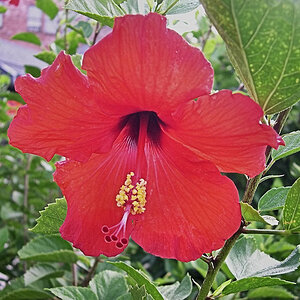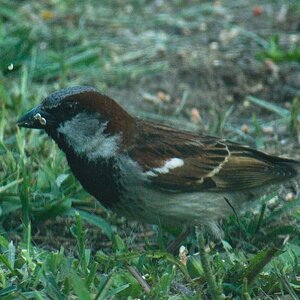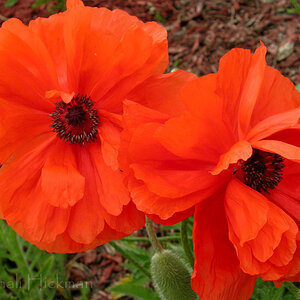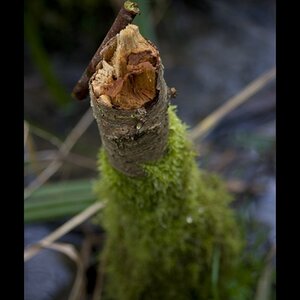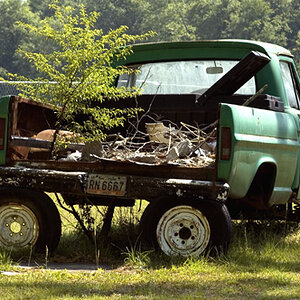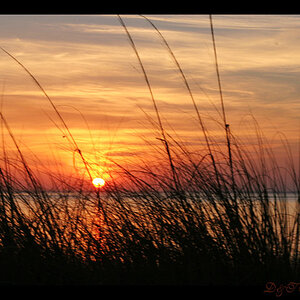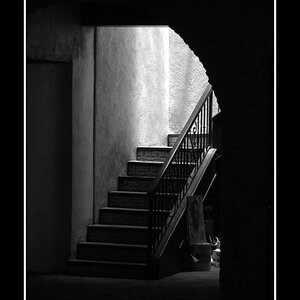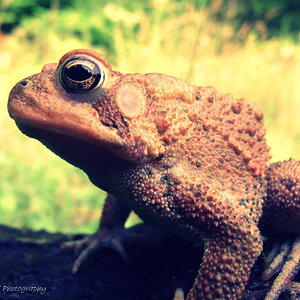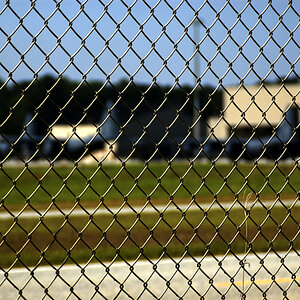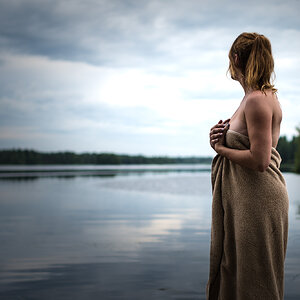batmura
No longer a newbie, moving up!
- Joined
- Sep 19, 2012
- Messages
- 649
- Reaction score
- 240
- Location
- Istanbul, Turkey
- Can others edit my Photos
- Photos OK to edit
I am thinking of buying a CP filter to avoid reflections while shooting aquarium fish and maybe increase colour saturation for landscape photography. Can those of you who have used either filter share their opinions on these? The B&W costs more than twice as much as the Hoya, and I'd like to know if it's worth it. If you think, the Hoya would do the job, I might go for that one. Also, finally, if I decide to get a CP filter, should I leave it on the camera at all times or are there instances when it should be removed?
Thanks!
Thanks!


